Flying Ants in House | Flying Ants in House? Eliminate Them Fast!
Flying ants typically make their appearance during the spring and summer months when they have reached sexual maturity and are ready to mate and establish new colonies. Spotting flying ants in your house is a clear sign that there is an established ant colony nearby.
But why do these ants fly in the first place? Flying ants are actually reproductive ants belonging to various species. They take part in a phenomenon called the nuptial flight, where winged male and female ants mate mid-air and then seek out suitable locations to start new colonies.
So, why do flying ants suddenly appear in your house? Environmental cues such as temperature, humidity, and daylight hours trigger their mating season, leading to a sudden influx of flying ants. They are also attracted to light sources, which is why you may find them near windows, doors, or outdoor light fixtures.
Now that you know why flying ants have made themselves at home in your house, let's explore some effective methods to eradicate them and prevent future infestations. From preventive measures to professional pest control services, we've got you covered.

Key Takeaways:
- Spotting flying ants in your house indicates the presence of an established ant colony nearby.
- Flying ants are reproductive ants that participate in the nuptial flight to mate and establish new colonies.
- Environmental cues trigger their sudden appearance, and they are attracted to light sources.
- Preventive measures and professional pest control services can help eliminate flying ants in your home.
- Understanding the biology and behavior of flying ants is key to effective pest control.
What are Flying Ants?
Flying ants are reproductive ants belonging to various ant species. During their mating season, usually in the summer, winged male and female ants take flight in what is known as the nuptial flight. This mid-air mating ritual allows them to mate and establish new colonies.
Flying ants are not a separate species but serve as the winged ants within a colony. All species of ants have swarmers within their colony, and their presence is an indication of an established ant colony nearby. While their sudden presence may be overwhelming, it is important to recognize their significance in the natural balance of your garden as they play a crucial role in soil aeration, nutrient cycling, and pest control.
Why Do These Ants Fly?
Flying ants engage in flight for the sole purpose of reproduction. While regular worker ants, which are sterile females, cannot reproduce, winged ants of both genders have the ability to do so. This reproductive phenomenon is known as the nuptial flight, during which female ants soar high and fast while being pursued by male ants. It is during this intense mid-air chase that the fittest and strongest males are able to successfully mate with the females.
Once mating occurs, the male ants meet their demise, while the mated female ants embark on a journey to establish new colonies of their own. These female ants shed their wings and, in the process, transform into queens. They then begin the crucial task of laying eggs to nurture their first brood of offspring and ensure the future growth and prosperity of their newly-formed nests.

Understanding the reproductive nature of flying ants helps shed light on their purpose in the natural world. Through the nuptial flight, these insects play a vital role in perpetuating their species and the overall balance of ecosystems. By establishing new colonies, flying ants contribute to the growth and expansion of ant populations, ensuring their survival and enabling them to fulfill their ecological roles.
Why Do Flying Ants Suddenly Appear?
A sudden influx of flying ants in your garden or home can be quite surprising. However, this occurrence is not entirely random. It is usually an indication that there is an established ant colony nearby. The proximity of their nests plays a significant role in determining the number of flying ants you encounter in your surroundings.
The sudden emergence of flying ants is closely tied to their mating season, which typically takes place during the summer months. As the weather warms up, environmental cues such as temperature, humidity, and daylight hours trigger a series of changes in the ants' behavior. These changes ultimately lead to what is known as the nuptial flight, where flying ants take to the skies in search of a mate and to establish new colonies.
During this mating season, warm and humid conditions, coupled with light winds, create the perfect environment for flying ants to embark on their nuptial flight. You may also notice an increase in flying ants near windows, doors, or outdoor light fixtures. This attraction to light sources is particularly prominent during their mating season. So, if you spot an upsurge of flying ants in these areas, it's essential to understand that it is a result of their natural behavior during this time.

Understanding why flying ants suddenly appear can help you make sense of their presence in your surroundings. By being aware of their behavioral patterns and environmental cues, you can take appropriate measures to manage and control these flying ants effectively.
Conclusion
Dealing with flying ants in your house can be a nuisance, but there are effective solutions to control and eliminate them. Prioritizing sustainable and organic methods of control is essential for the health and well-being of your home and garden.
One natural remedy for flying ants is to maintain good garden hygiene. Regularly clear away debris, fallen leaves, and stagnant water, as these provide breeding grounds for ants. Keep your garden clean and well-maintained to discourage ant colonies from forming.
Removing potential food sources is another important step in flying ant control. Seal food containers tightly, clean up spills promptly, and store food in airtight containers. By eliminating easy access to food, you make your home less attractive to flying ants.
If you have a persistent infestation or if the flying ants pose a severe problem, it may be necessary to seek professional flying ant control services. Pest control experts can assess the extent of the infestation and provide targeted treatments to eliminate the ants safely and effectively.
While flying ants are commonly seen in spring and summer, it's important to note that they can also appear in winter. Some ant species, such as the Pharaoh ant, remain active all year round. Therefore, maintaining vigilance and taking preventative measures to control flying ants is essential throughout the year.
By understanding the biology and behavior of flying ants and implementing natural remedies or professional control when necessary, you can prevent these pests from disrupting your home and enjoy a pest-free environment.
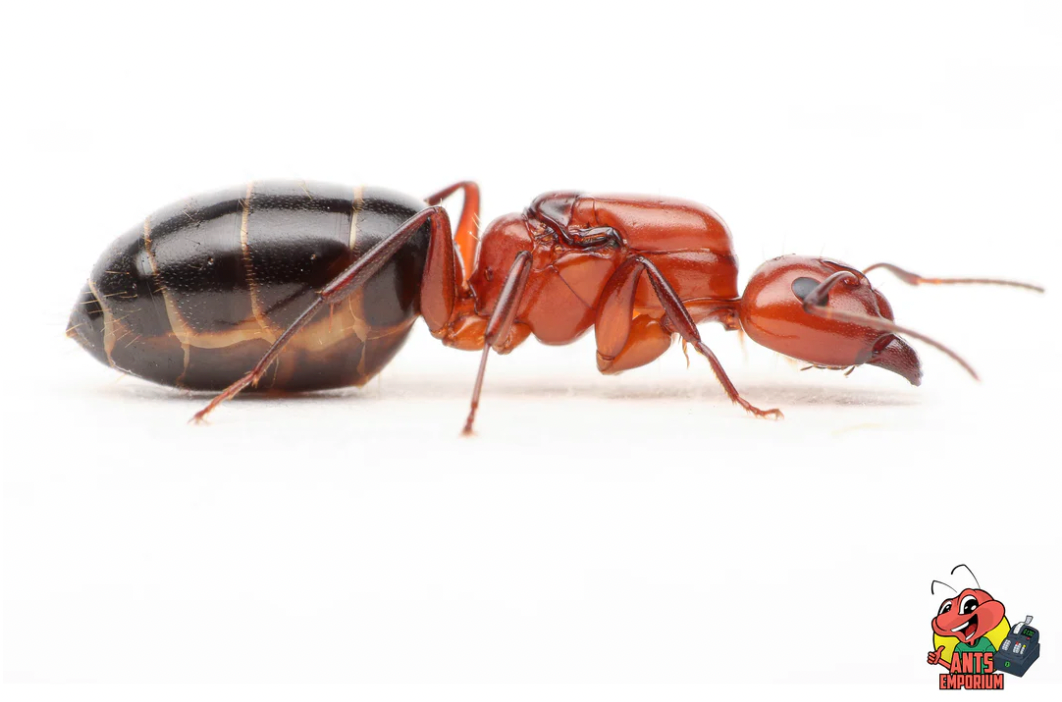
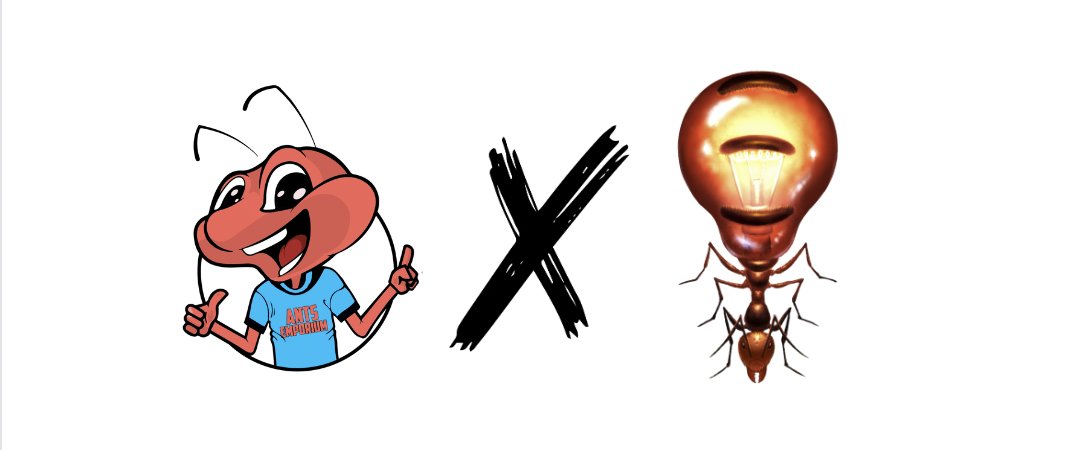
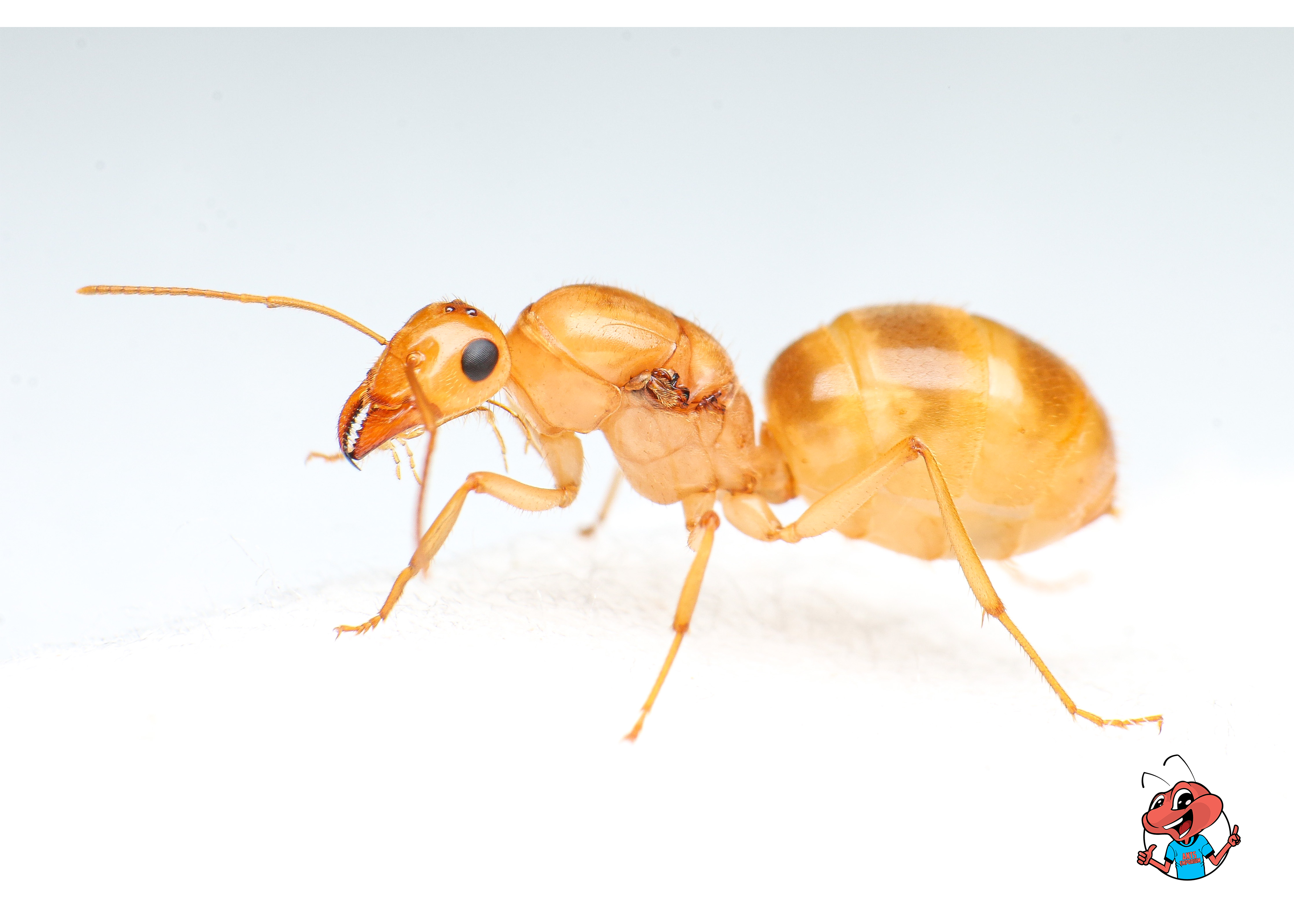
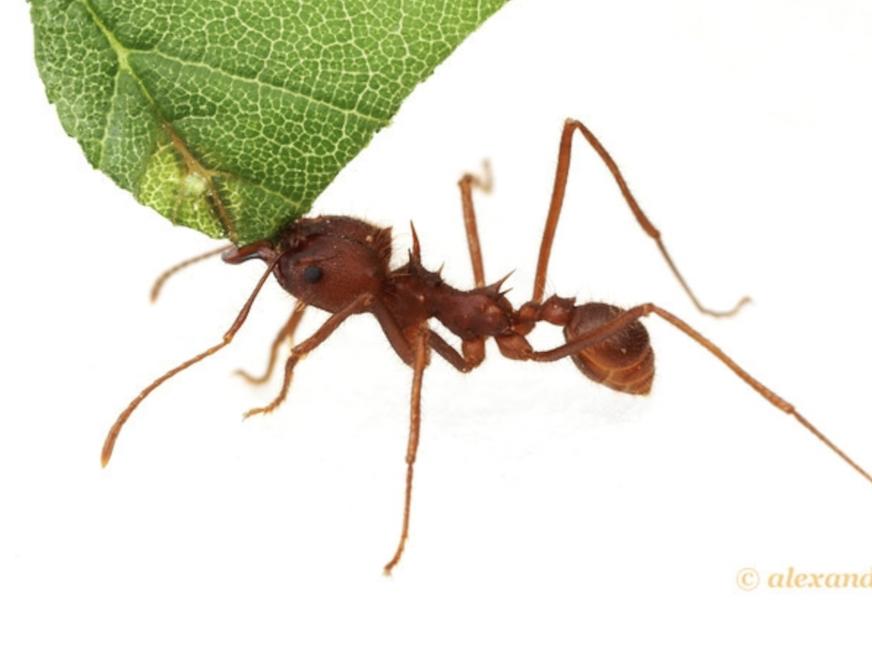
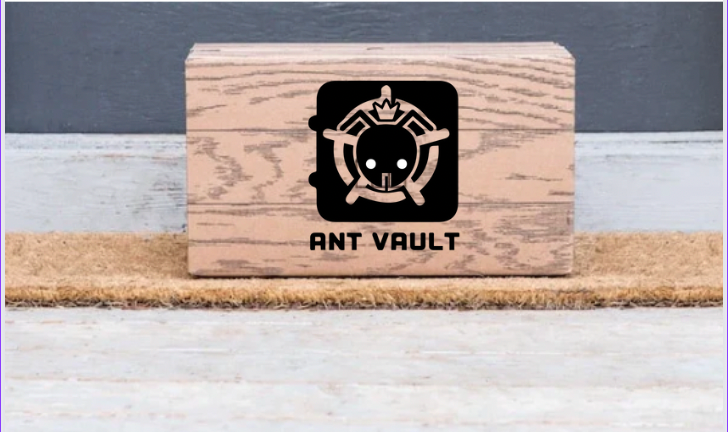


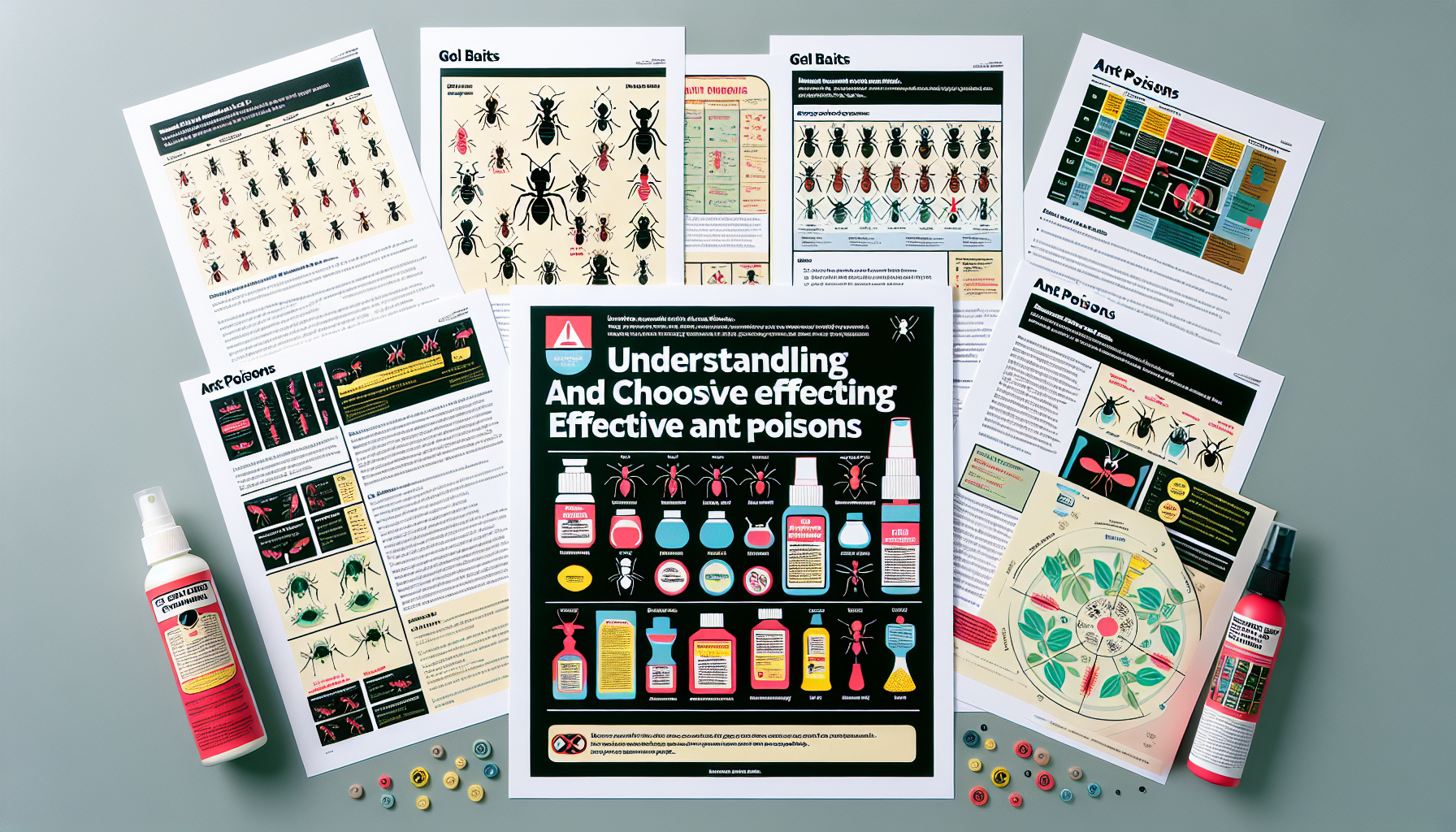
Leave a comment